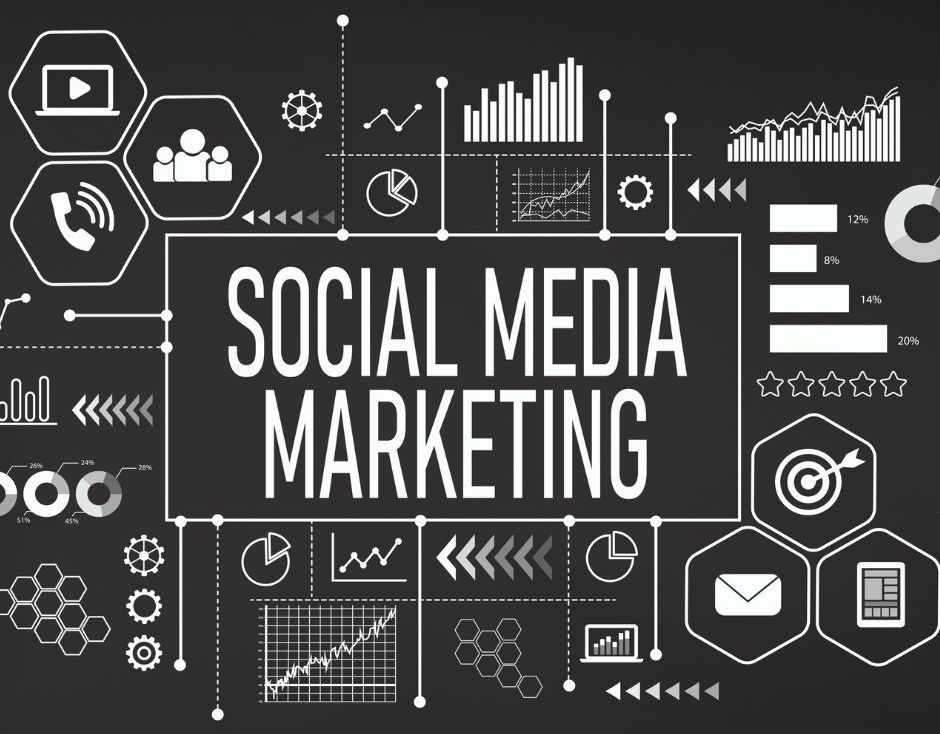How To Link Your Social Media Marketing with Email Marketing
Posted on 5th April 2024

Digital Marketing is a broad term, and encompasses many different elements – two of the biggest being social media marketing and email marketing. Both are popular with businesses looking to attract more customers beyond the traditional forms of marketing, and have seen great results for those choosing to go with these forms of digital marketing.
Social Media Marketing and Email Marketing can both link to boost their performance on their respective platforms, whilst also tying your digital marketing efforts together. Here’s how you can link both platforms together to create a winning strategy for your business.
















